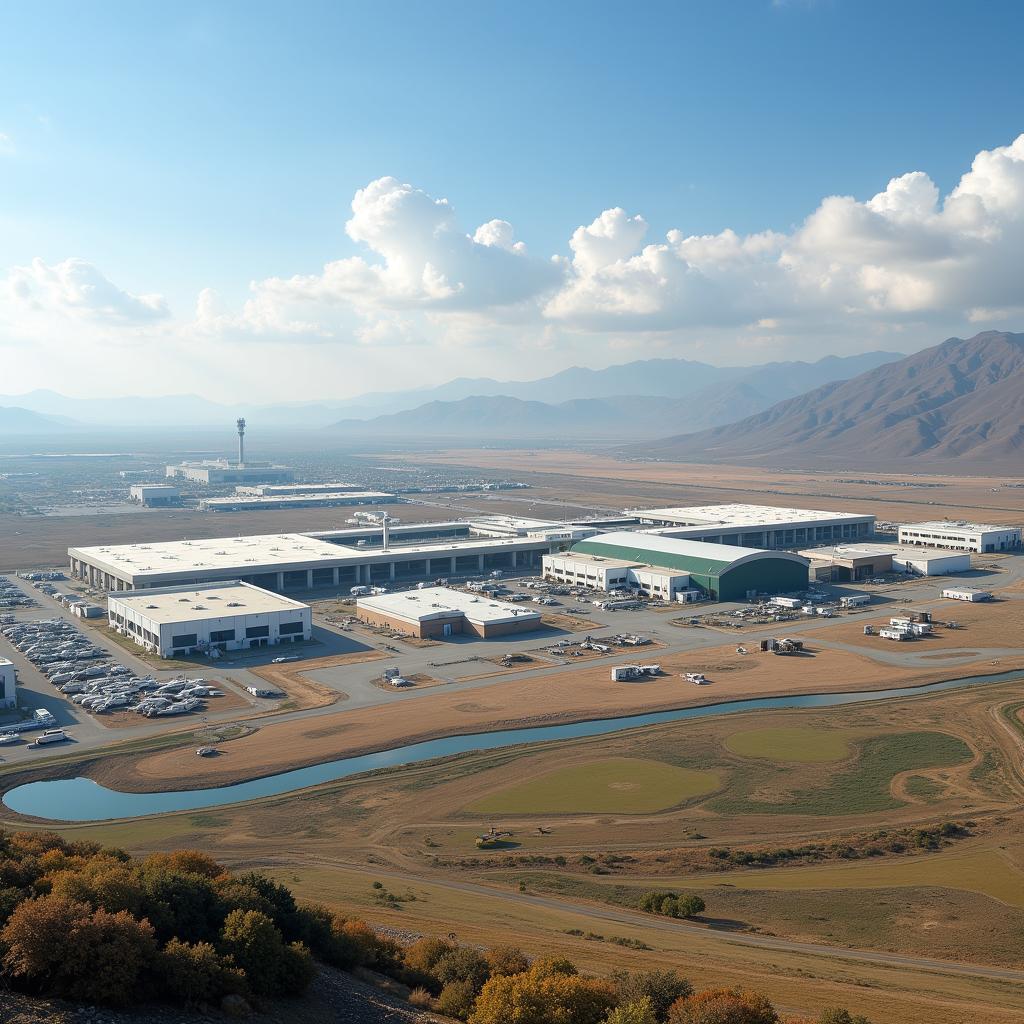The Pakistan Air Force (PAF), a formidable arm of Pakistan’s military, places a high premium on maintaining a modern and technologically advanced fleet. This necessitates active participation in the global aero trade market, marked by strategic procurement of aircraft, vital components, and cutting-edge technology. This article delves into the multifaceted realm of aero trade in the context of the Pakistan Air Force, examining its procurement strategies, international partnerships, and the overarching policy framework guiding its endeavors.
Procurement Strategies: Striking a Balance Between Capability and Cost
The PAF’s procurement strategies are characterized by a pragmatic approach that seeks to balance operational requirements with budgetary constraints. While the acquisition of advanced platforms like the JF-17 Thunder, jointly developed with China, underscores its commitment to indigenous solutions, the PAF also engages in selective imports to address specific capability gaps.
This dual-track approach is evident in the PAF’s recent acquisition of the F-16 Block 52+ from the United States, a move aimed at bolstering its air superiority capabilities. Moreover, the PAF recognizes the importance of a diversified inventory and maintains a fleet that includes aircraft of American, Chinese, French, and Russian origin. This strategy not only mitigates risks associated with over-reliance on a single supplier but also allows the PAF to tailor its capabilities to diverse operational scenarios.
International Partnerships: Forging Strategic Alliances for Technological Advancement
International partnerships constitute a cornerstone of the PAF’s aero trade activities, providing access to advanced technologies, fostering interoperability with allied air forces, and supporting the development of its domestic aerospace industry. China has emerged as a key partner in recent years, with the JF-17 program serving as a testament to the growing strategic convergence between the two countries.
Beyond joint development and production, Pakistan also benefits from technology transfer agreements with China, enabling it to enhance its indigenous aerospace capabilities. Similarly, the PAF maintains longstanding defense ties with the United States, procuring platforms like the F-16 and participating in joint exercises that enhance interoperability and provide valuable training opportunities.
Policy Framework: Balancing National Security with Economic Considerations
The PAF’s engagement in the aero trade arena is guided by a comprehensive policy framework that prioritizes national security while remaining cognizant of economic realities. The government’s defense industrial policy emphasizes self-reliance through indigenous development and production, aiming to reduce dependence on foreign suppliers and foster technological innovation within Pakistan.
 Pakistan Aeronautical Complex Manufacturing Facility
Pakistan Aeronautical Complex Manufacturing Facility
The PAF actively supports this vision by collaborating with local companies and research institutions on projects ranging from aircraft maintenance, repair, and overhaul (MRO) to the development of unmanned aerial vehicles (UAVs). This synergistic approach not only strengthens national security but also contributes to economic growth by creating jobs and promoting technological advancement within the country.
Conclusion: Navigating the Complexities of the Global Aero Trade
The Pakistan Air Force’s involvement in aero trade is a dynamic and multifaceted endeavor, driven by the imperative to maintain a modern and capable air force in a rapidly evolving geopolitical landscape. By adroitly balancing strategic procurement with international partnerships and a forward-looking policy framework, the PAF continues to modernize its fleet, enhance its operational capabilities, and solidify its position as a vital guarantor of Pakistan’s national security.